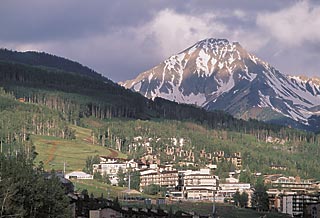2012 Summer Workshop
GEM will be holding its annual summer workshop June 17-22, 2012 at the Snowmass Conference Center in Snowmass, Colorado. Logistical information and workshop agenda can be found at the GEM Workshop Web Site.
Below are the calls for presentations by active GEM focus groups. Please note that in all e-mail addresses below the symbol @ is replaced by " [at] ".
The Modes of Magnetospheric Response
Convener: Larry Kepko (larry.kepko [at] nasa.gov) and Bob McPherron (rmcpherr [at] ucla.edu)
The Modes of Magnetospheric Response focus group has as its aim the improvement of knowledge of the physical mechanisms that provide different dynamical modes of response of the magnetotail to the solar wind. These include substorms, steady magnetospheric convection, sawtooth injection events, pseudo breakups, and poleward boundary intensifications. A complete description of the FG and its goals can be found at http://bit.ly/beGmTF
The Modes of Magnetospheric Response focus group will hold two breakout sessions at the upcoming GEM Workshop (June 18-22) in Snowmass, CO. This is the last full year of the focus group, with next year as a wind-down. The breakouts will be loosely focused on the following two topics:
1. "Steady" magnetospheric convection. The last few years has seen much progress in our understanding of how and when the magnetosphere enters into a quasi-steady convective mode. It has also become clear that the level of particle energization and heating depends on the 'steadiness' of the convection. We will spend one breakout attempting to summarize our understanding of SMCs. We seek talks that address any aspect of this mode, including comparisons to other convective modes.
2. Drivers and effects of other convection modes. Examples include sawtooth events, the role of non-linear coupling to the solar wind driver, polar cap saturation, the role of ion outflow, ionospheric effects, and global simulation results.
Please contact Larry Kepko (larry dot kepko at nasa dot gov) or Bob McPherron (rmcpherr at ucla dot edu) for further information, or to be added to the schedule.
